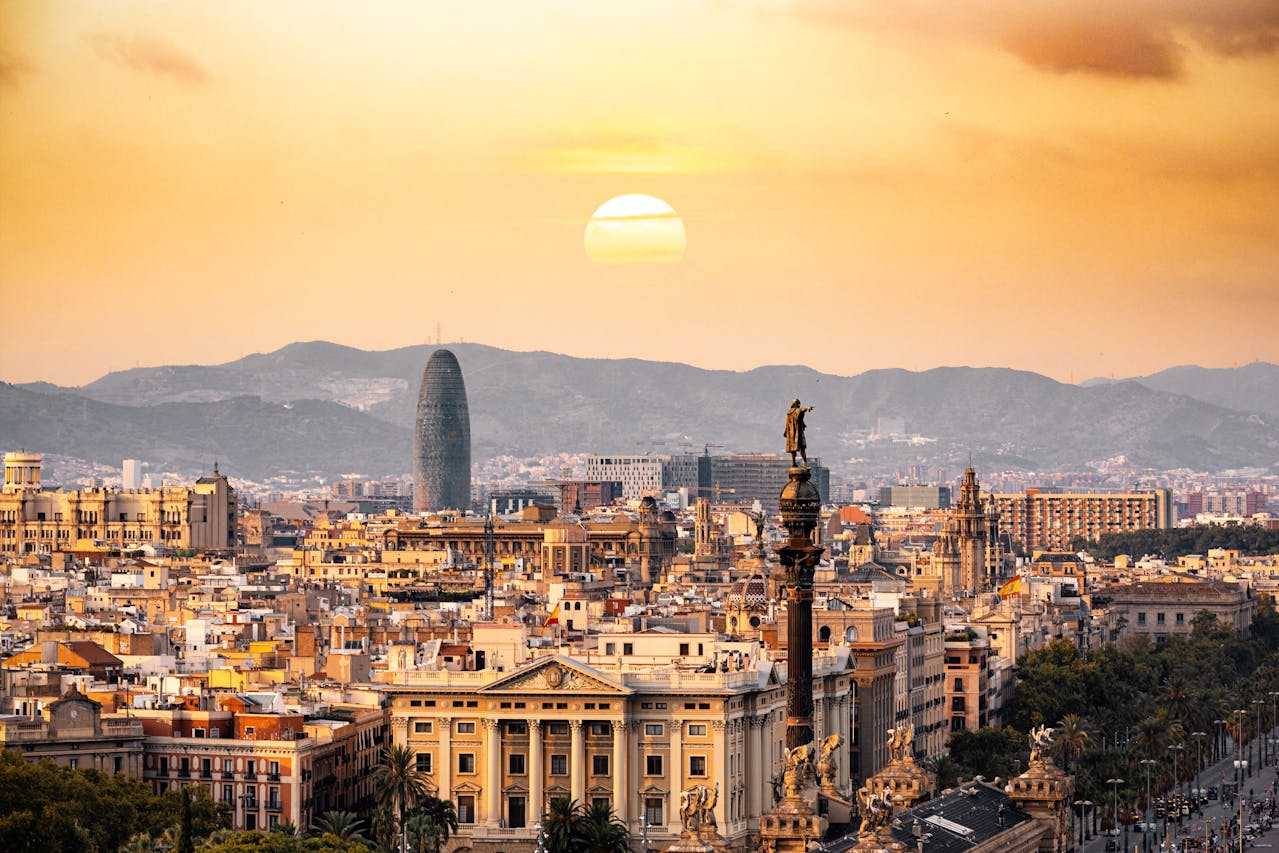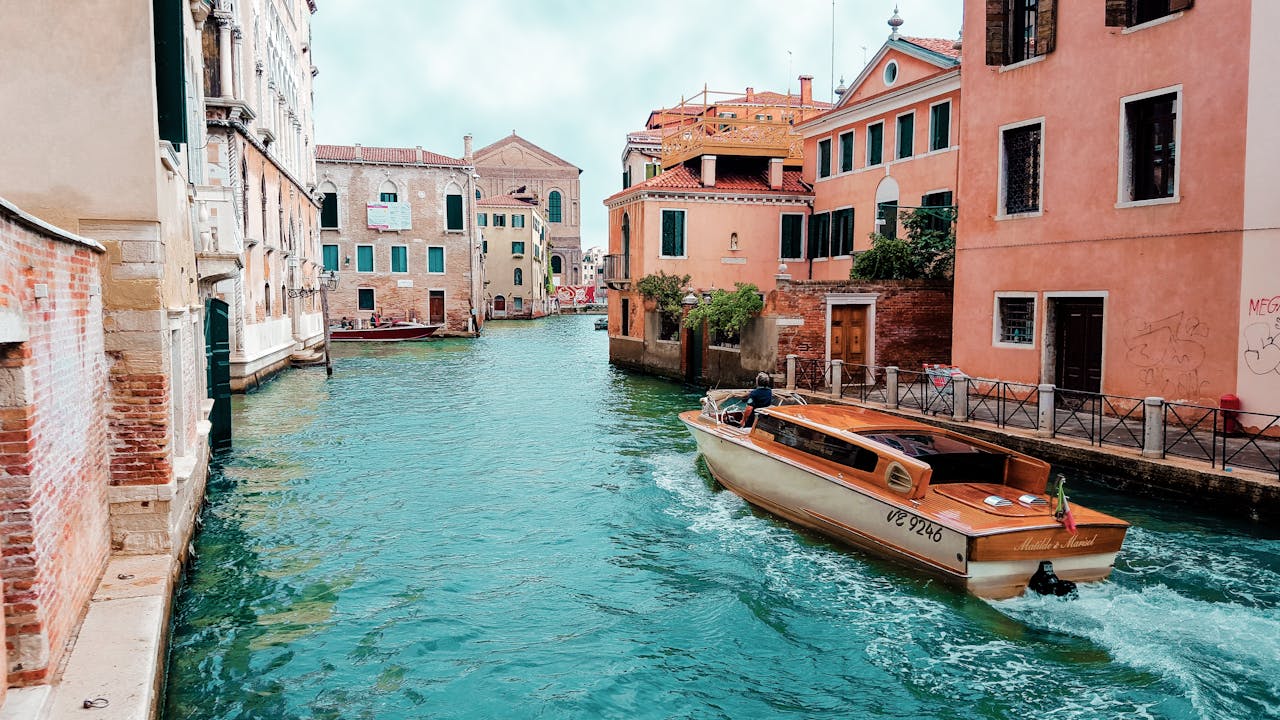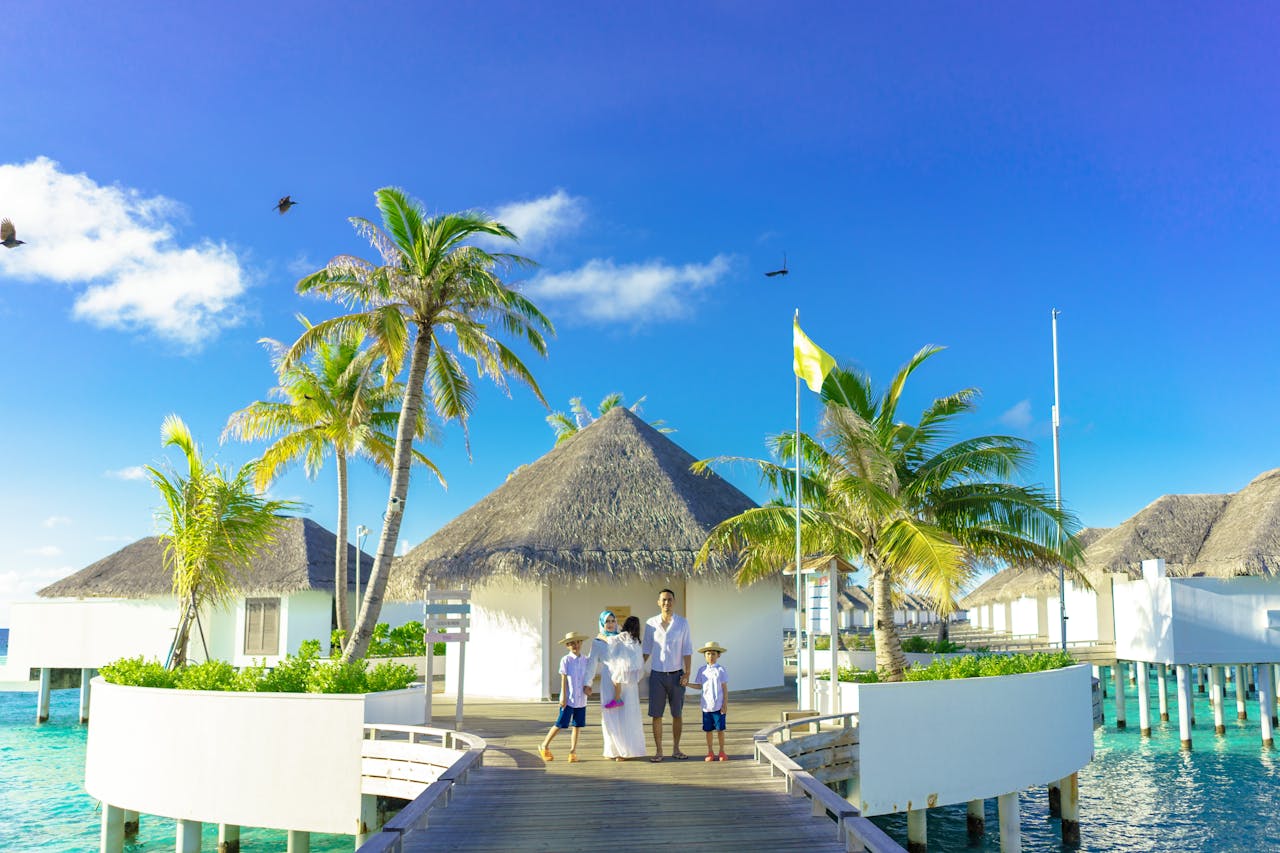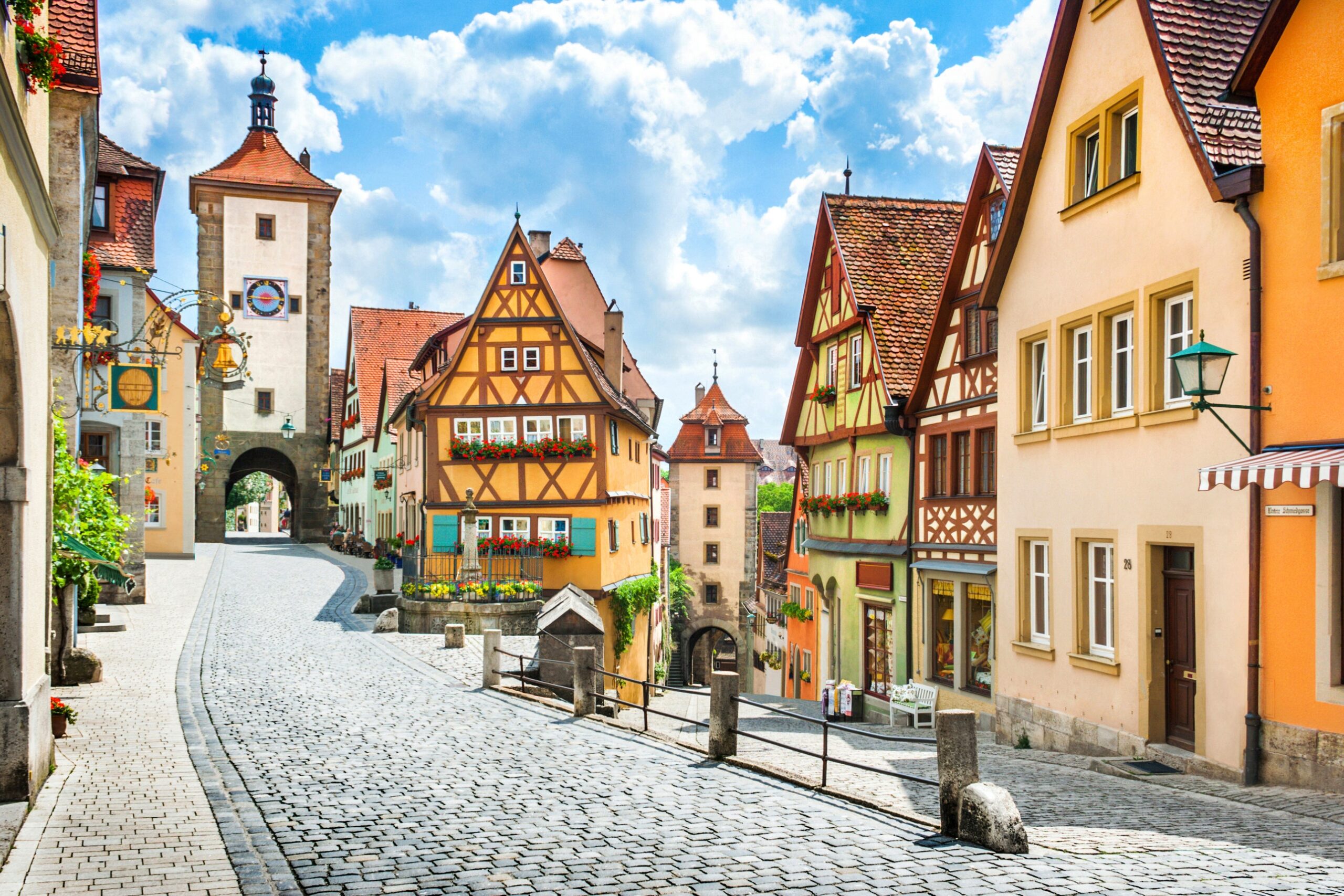
Walking through Germany’s small towns is a bit like flipping through the pages of a storybook: imagine beautifully preserved half-timbered houses, painted churches and cobbled streets lined with wrought iron signs and potted plants. But these places are very real, and worth renting a car (or a train pass) for. Who needs these big cities anyway?
Whether you want to visit the country’s famous Christmas markets or just spend a few days drinking beer and taking photos, now is the time to start planning a trip to this fabulous corner of Europe. Below are nine of Germany’s most charming small towns, in no particular order, with the latest official population figures recorded.
Quedlinburg, Saxony-Anhalt
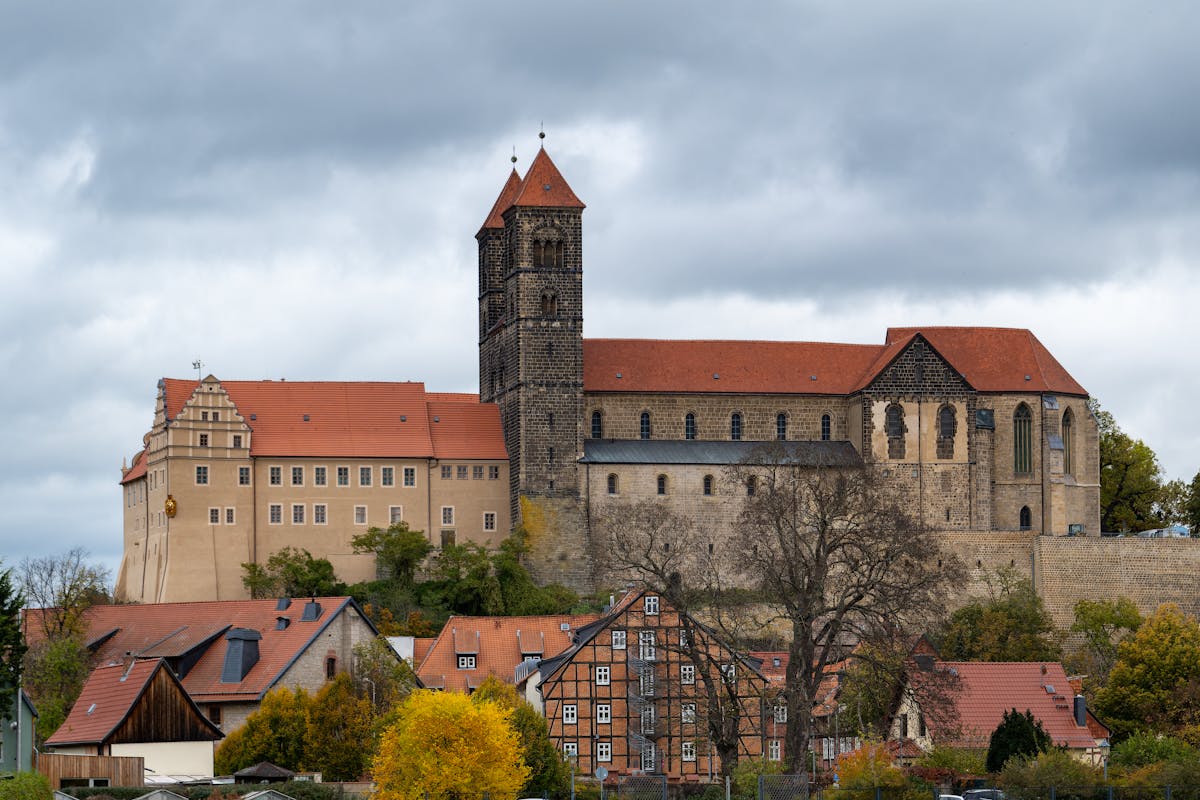
Built in the 10th century, Quedlinburg is one of the oldest and best-preserved towns in Germany. The entire medieval town is a UNESCO World Heritage Site, thanks in large part to its Old Town with more than 2,000 half-timbered houses and the 12th-century collegiate church of St. Servatius. Equally remarkable (and photographic) is the Town Hall in the city’s central market square, an old Gothic-style town hall made of stone and covered in ivy.
Rhineland-Palatinate

If you’re looking for a town where the wine is as good as the views, head to Cochem, perched on the slopes of the Moselle River. The city is located in the Mosel-Saar-Ruwer region of Germany, famous for its Riesling grape, which grows in hillside vineyards. Between glasses of white wine, stroll through the Old Town, visit the turreted medieval castle (Reichsburg-Cochem) or take a gondola up the mountain for incredible views of the city and river.
Görlitz, Saxony

If Görlitz looks a little familiar, it’s no coincidence: the city has appeared in several major Hollywood films, including The Reader, Inglourious Basterds, The Grand Budapest Hotel and others. With its Gothic and Art Nouveau architecture, pedestrianized streets and convenient location across the river from Poland (it’s Germany’s easternmost city), it’s easy to see why filmmakers are drawn to this pretty little city.
Rottach-Egern, Bavaria

Rottach-Egern, located on the shores of Lake Tegernsee in Upper Bavaria, is one of the most beautiful small towns in Germany. The village is full of boutiques selling embroidered lederhosen, small restaurants serving Bavarian comfort food and picturesque churches, all reflected beautifully in the blue waters of the lake. Surrounded by the Alps, Rottach-Egern comes alive in winter as European tourists flock here to enjoy outdoor activities such as cross-country skiing and tobogganing.
Rothenburg ob der Tauber, Bavaria
Known for its preserved medieval Old Town, Rothenburg ob der Tauber attracts millions of tourists every year with its colorful, Instagrammable facades. If you have the opportunity, plan your visit for December, when the city turns into a winter wonderland of snow-covered roofs, illuminated storefronts and cozy taverns. And don’t forget the Reiterlesmarkt, one of the best Christmas markets in the whole country.
Bacharach, Rhineland-Palatinate

The medieval town of Bacharach (named after Bacchus, not Bertha) is a typical wine-growing village located on the Rhine. It has all the hallmarks of a charming German town: half-timbered houses, wrought-iron bakery signs, medieval churches and an imposing hilltop castle (Burg Stahleck) that now serves as a youth hostel, plus the added visual bonus of vineyards. creeps along the surrounding slopes.
Füssen, Bavaria

Füssen is a pastel-colored city located about 60 miles southwest of Munich. This is a necessary stop on any romantic trip. While it is perhaps best known for being the base for visiting Bavaria’s famous Neuschwanstein Castle, there are plenty of things to do in the city that will keep you lingering for a while. Learn about the history of violin making at the Füssen Heritage Museum, then take some photos of the Heilig-Geist-Spitalkirche, an 18th-century pink chapel covered in Rococo paintings.
Marburg, Hesse

If you want the full German fairytale experience, you can’t do better than the Hessian town of Marburg, also known as the university town where the Brothers Grimm studied and found inspiration for some of their stories. Known for its cascading cobbled streets and medieval churches, the city is also adorned with playful sculptures of the Brothers Grimm’s most famous characters, from the Frog King reading a book on the side of a building to Cinderella’s slipper sitting under the towering Marburger Schloss castle.
Bamberg, Bavaria

This picturesque town in Upper Franconia is famous for its architecture (much of it has been listed as a World Heritage Site since 1993) and the Romanesque Bamberg Cathedral, built in the 11th century. It is also one of Germany’s best beer destinations. Not only is it home to breweries dating back to the 1500s, but it’s also one of the best places to try Rauchbier, a smoky German-style beer brewed from fire-dried malted barley.
